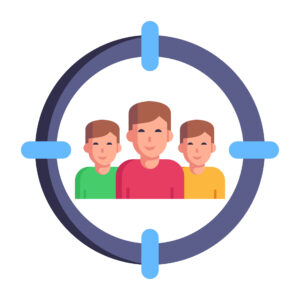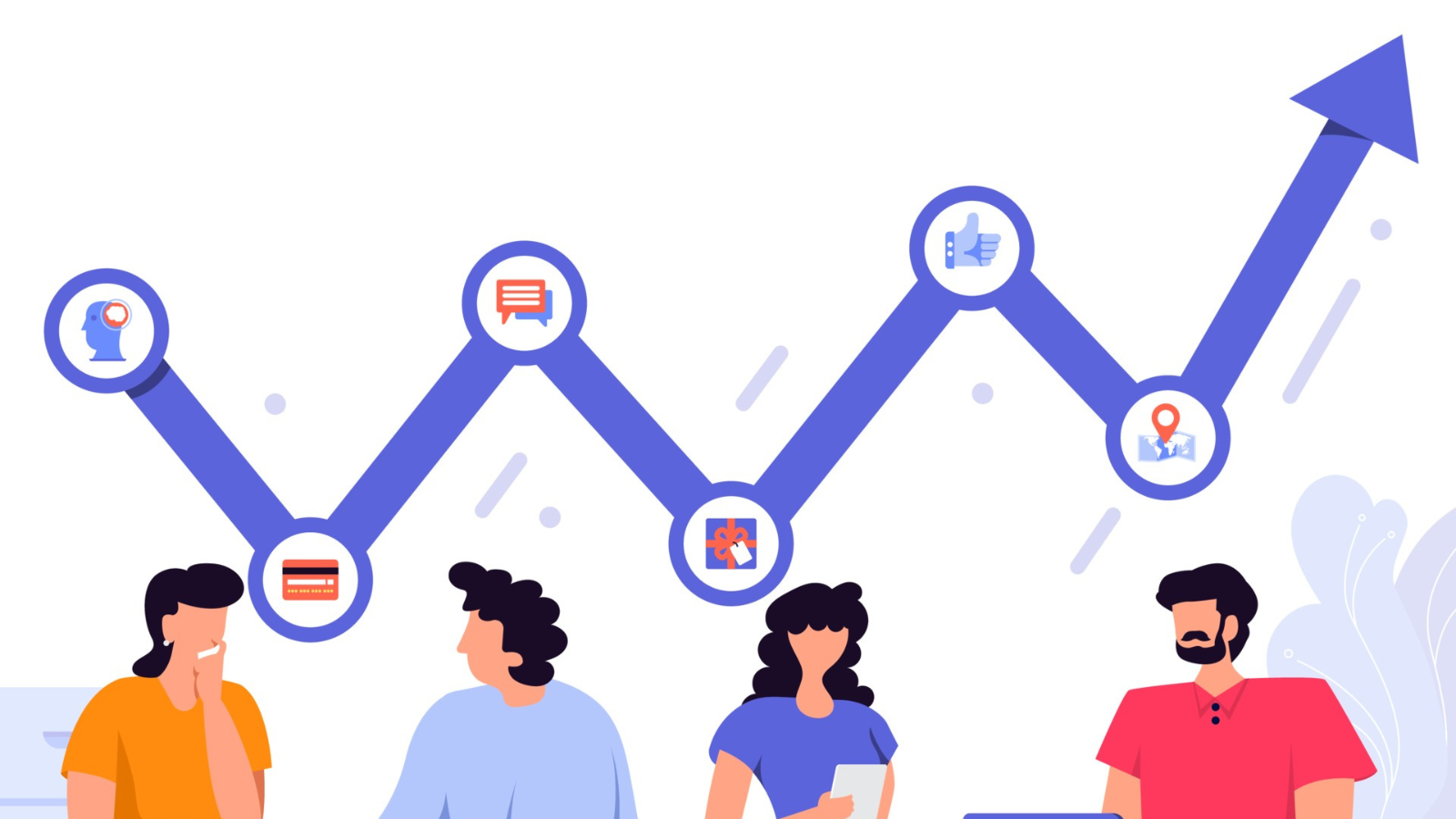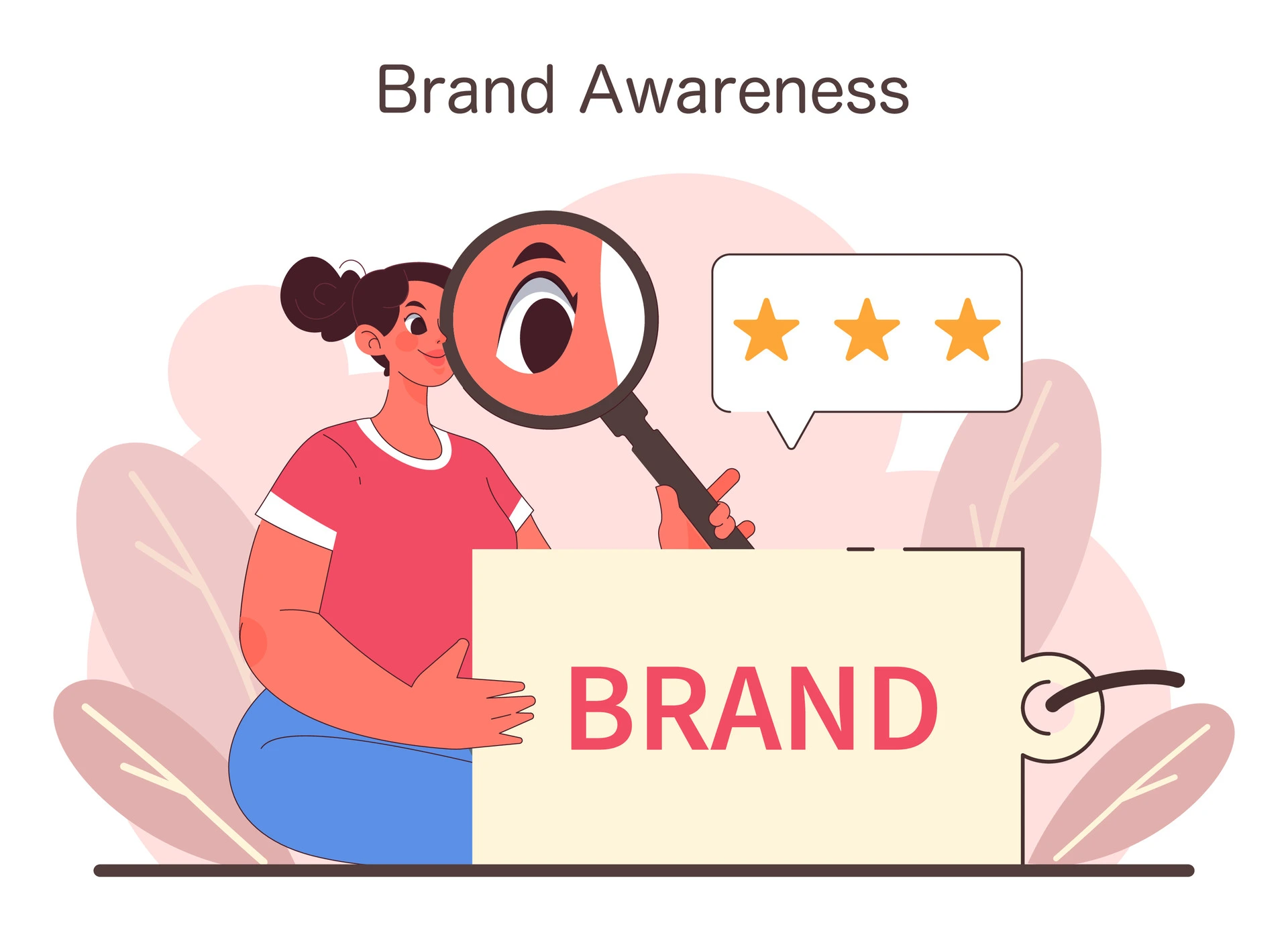Introduction
Marketing is changing rapidly, with the growing popularity of social media platforms like Facebook, Instagram, and TikTok, and the increasing use of search engines like Google, businesses are constantly looking for new ways to stand out. This article aims to help experienced Indian marketers by providing seven strategic steps to create a top-notch digital marketing plan.
In India, digital marketing is booming. More people are using the internet than ever before, especially on their mobile phones. This means businesses have a huge opportunity to reach their target audience online. From influencer marketing to using data to make smart decisions, there’s a lot to consider. Plus, with the rise of regional language content, marketers need to stay ahead of the curve to connect with diverse audiences across the country.
This guide is made for experienced Indian marketers because it goes beyond the basics. It assumes you already know the fundamentals of marketing and are ready to dive into advanced strategies. We understand the need for fresh ideas to stay competitive in the Indian market. By giving practical advice and insider tips, this guide will help you take your digital marketing game to the next level.
1. Latest Trends Shaping Modern Digital Marketing
Staying ahead of the curve is crucial. This section delves into the latest trends that are reshaping the landscape of digital marketing.
-
Emerging Technologies:
As technology continues to advance, new tools and platforms are constantly emerging. Artificial Intelligence (AI), Augmented Reality (AR), and Virtual Reality (VR) are among the most influential trends in digital marketing today. These technologies have revolutionised the way businesses interact with consumers, offering personalised experiences and enhancing engagement.
AI, in particular, has become a game-changer in digital marketing, enabling marketers to analyse vast amounts of data, automate tasks, and deliver targeted content to their audience. AR and VR, on the other hand, offer immersive experiences that captivate consumers and drive brand engagement.
-
Evolution of Social Media Platforms:
Social media platforms have undergone significant evolution in recent years, introducing new features and functionalities to cater to changing consumer preferences. Platforms like Instagram and LinkedIn have rolled out innovative features such as Instagram Reels and LinkedIn Stories, respectively.
These features provide marketers with new opportunities to connect with their audience in more interactive and engaging ways. Instagram Reels, for instance, allows businesses to create short, entertaining videos that resonate with their target audience, while LinkedIn Stories enable professionals to share behind-the-scenes glimpses of their work life.
By leveraging these evolving social media platforms strategically, marketers can amplify their brand presence and drive meaningful engagement with their audience.
2. Defining Your Target Audience and Buyer Personas
 Understanding your target audience is paramount in crafting a successful digital marketing plan. Through meticulous data analysis and comprehensive market research, brands can gain invaluable insights into their ideal customers’ behaviours, preferences, and pain points. By leveraging various tools and techniques, such as demographic data, social media analytics, and customer surveys, marketers can paint a vivid picture of their target demographic.
Understanding your target audience is paramount in crafting a successful digital marketing plan. Through meticulous data analysis and comprehensive market research, brands can gain invaluable insights into their ideal customers’ behaviours, preferences, and pain points. By leveraging various tools and techniques, such as demographic data, social media analytics, and customer surveys, marketers can paint a vivid picture of their target demographic.
Creating detailed buyer personas is a pivotal step in this process. These fictional representations of your ideal customers encapsulate key traits, including demographics, psychographics, challenges, and goals.
By delving deep into the motivations and aspirations of your target audience, you can tailor your marketing efforts to resonate with their needs effectively.
3. Tips on crafting compelling buyer personas:
- Conduct thorough research: Dive into quantitative and qualitative data to uncover trends and patterns.
- Segment your audience: Identify distinct groups within your target demographic based on characteristics like age, gender, interests, and buying behaviours.
- Empathise with your audience: Put yourself in the shoes of your customers to understand their pain points, desires, and aspirations.
- Utilise customer feedback: Leverage feedback from existing customers to refine your personas and ensure their accuracy.
- Keep personas dynamic: Continuously update and refine your buyer personas as market trends evolve and customer preferences shift.
- Collaborate across teams: Involve stakeholders from various departments, including marketing, sales, and customer service, to gain diverse perspectives on your target audience.
- Validate assumptions: Test your assumptions through surveys, interviews, and A/B testing to ensure alignment with real-world insights.
4. Setting SMART Goals and Objectives
In the realm of digital marketing, success hinges on setting SMART goals and objectives. These are Specific, Measurable, Attainable, Relevant, and Time-bound. By adhering to this framework, marketers ensure clarity, focus, and accountability in their strategies.
Introduction to the concept of Specific, Measurable, Attainable, Relevant, Time-bound goals and objectives
Specificity ensures that goals are clearly defined, leaving no room for ambiguity. Measurability enables tracking progress and assessing success quantitatively. Attainability ensures that goals are realistic and achievable within the given resources and constraints. Relevance ensures that goals align with broader business objectives and market trends. Time-boundness sets deadlines, fostering urgency and accountability.
5. Choosing the Right Channels and Platforms
Crafting an effective digital marketing plan begins with selecting the right channels and platforms to reach your target audience. Conduct a thorough analysis of popular channels such as SEO, PPC advertising, email marketing, content marketing, and social media. Evaluate the effectiveness of each channel in terms of your specific marketing goals and target audience demographics.
Analysis of Popular Channels
SEO (Search Engine Optimisation): In 2024, 88% of marketers who already engage in SEO work intend to either enhance or sustain their investment. Begin by scrutinising the keywords pertinent to your business and industry. Optimise your website and content to elevate your position in search engine results pages (SERPs) and bolster organic traffic.
PPC Advertising: Consider the benefits of pay-per-click advertising on platforms like Google Ads and social media networks. Analyse keywords, audience targeting options, and ad formats to maximise your ROI.
Email Marketing: Assess the effectiveness of email marketing campaigns in engaging your audience and driving conversions. Analyse metrics such as open rates, click-through rates, and conversion rates to optimise your email strategy.
Content Marketing: Evaluate the performance of your content marketing efforts across various channels, including blogs, videos, infographics, and podcasts. Identify the types of content that resonate most with your audience and drive the highest engagement.
Social Media Organic: Analyse your organic social media presence on platforms like Facebook, Twitter, Instagram, and LinkedIn. Assess engagement metrics such as likes, comments, shares, and followers to determine the effectiveness of your social media strategy.
Social Media Paid Ads: Consider the effectiveness of paid advertising on social media platforms. Analyse targeting options, ad formats, and performance metrics to optimise your social media advertising campaigns.
6. Developing a Content Strategy
Crafting an effective content strategy is the cornerstone of any successful digital marketing plan. It involves developing a compelling narrative that resonates with your target audience across multiple touchpoints in the marketing funnel. This includes content tailored for the top of the funnel (TOFU), middle of the funnel (MOFU), and bottom of the funnel (BOFU) stages.
Insight into Developing a Compelling Narrative
Understanding the needs and preferences of your audience is crucial for creating a narrative that captures their attention. This involves thorough research and analysis to identify key pain points, interests, and motivations.
Crafting Engaging Content
Once you have insights into your audience, it’s time to craft content that speaks to them. Techniques such as storytelling, personalisation, and emotional appeal can help in creating engaging content that resonates with your target audience.
Best Practices for Repurposing Content
Repurposing content is a cost-effective way to maximise your marketing efforts. By repackaging existing content into different formats and distributing it across various channels, you can extend its reach and appeal to different segments of your audience. Best practices include optimising content for different platforms, updating outdated content, and leveraging user-generated content.
7. Measuring Performance and Optimising Campaigns
Measuring performance and optimising campaigns are critical for the success of any marketing strategy. This section provides an insightful overview of key performance indicators (KPIs), metrics, and analytics tools that marketers utilise to track progress effectively.
Overview of Key Performance Indicators (KPIs)
KPIs serve as benchmarks for assessing the success of digital marketing efforts. They encompass various metrics such as website traffic, conversion rates, click-through rates (CTR), and return on investment (ROI). Understanding the significance of each KPI enables marketers to gauge the effectiveness of their campaigns accurately.
Metrics and Analytics Tools
An array of analytics tools empowers marketers to delve deeper into campaign performance. From Google Analytics to social media insights, these tools offer invaluable data on audience behaviour, engagement levels, and conversion paths. Marketers leverage this information to refine their strategies and maximise ROI.
Methodologies for Analysing Results
Analysing campaign results involves more than just skimming through data—it requires a systematic approach. Marketers employ methodologies like A/B testing, cohort analysis, and funnel analysis to derive actionable insights. By dissecting data through these lenses, marketers gain a comprehensive understanding of what resonates with their audience and what needs improvement.
Making Informed Decisions about Optimisations
Deciphering data is only the first step; the real challenge lies in translating insights into actionable optimisations. Marketers employ data-driven decision-making processes to tweak campaigns effectively. Whether it’s adjusting ad creatives, refining targeting parameters, or reallocating budget allocations, informed decisions drive continuous improvement.
Ready to take your brand to the next level? Connect with us today to explore how HT Media can amplify your presence across our diverse portfolio of 25+ brands and properties. Let's turn your brand vision into reality!


















Comment